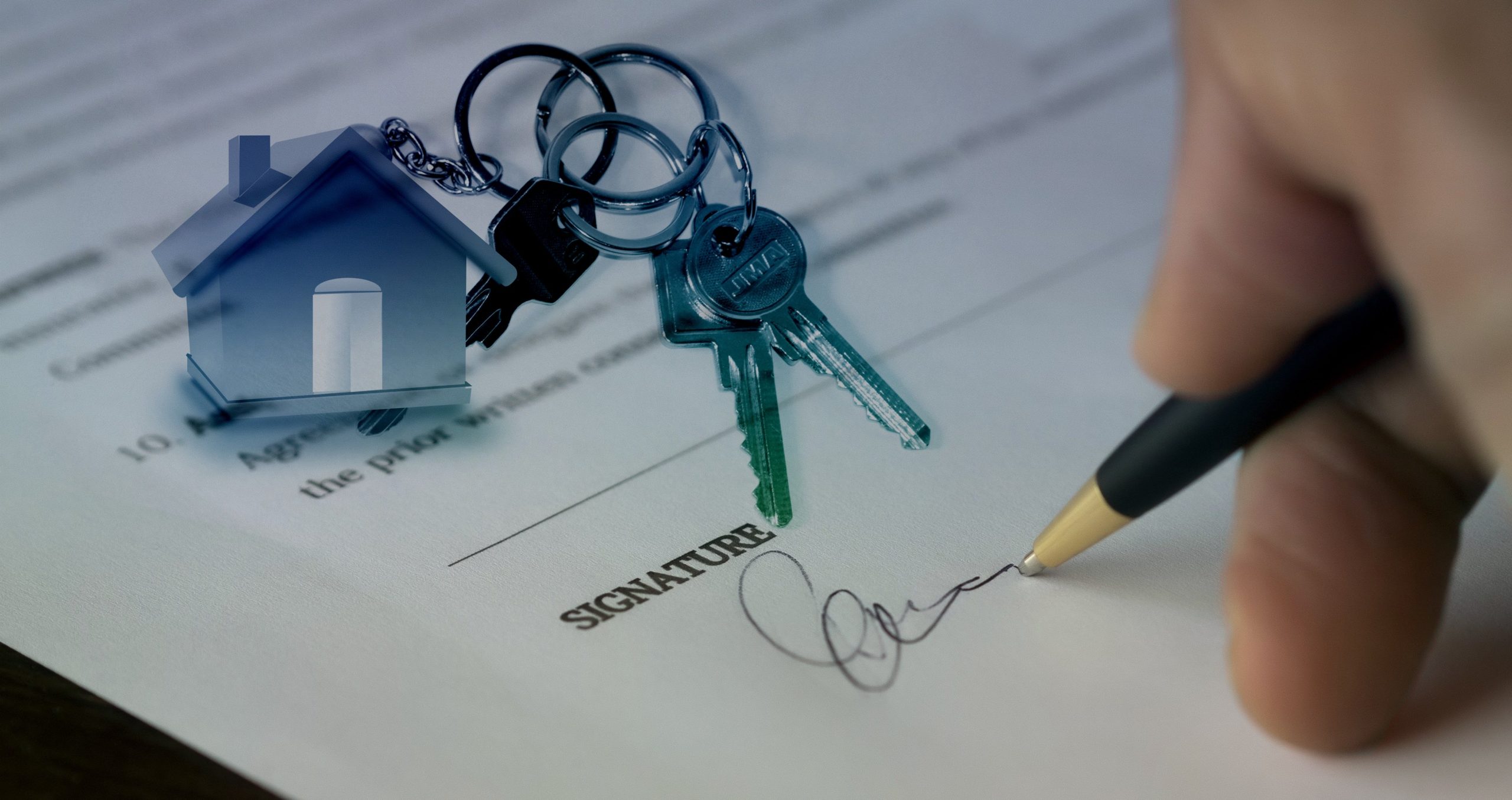A final walk-through of the contract is an important step in a real estate transaction. To get the most out of it, make sure you understand the terms of the purchase contract. Understanding the terms of your agreement or contracts will increase your ability to close deals and build RealSuccess. If you don’t understand the contract you will miss the opportunity to negotiate the best deal.

When you signed the contract to purchase your new flip, certain elements and characteristics were specified. If the home does not match those elements in the walk-through, the contract will allow you to be in a leveraging position.
Consider the following:
If there’s a hole in the wallboard caused by the leg of a table going through it when the seller was moving out, the house is not in substantially the same condition when you wrote the contract and the wallboard was intact.
If you fill up that lovely, large Jacuzzi tub and the jets won’t work, there is a problem with the working systems of the home. If you start the dishwasher, and it leaks before the cycle is finished, that appliance is not in normal working order. If all the surface burners on a gas stove don’t light or heat to red hot for an electric stove, there is an issue and it is not in good working condition. If the heat or air conditioning won’t come on, we have another problem with the working systems.
Allow yourself enough time to really pay attention and check appliances to verify they work correctly. Usually, an hour to an hour and a half is enough. Walk-in with a clear mind, and write down the things you need to check beforehand so you don’t get distracted during the walkthrough. Be a good business person and systematically check each item thoroughly.
If your contract calls for something you can’t easily judge and it requires a third party to do it (such as the HVAC service mentioned above), you can request a copy of a paid bill at settlement. This is usually a sufficient indication that the work has been done, and you know who to call if there is a problem.
What If You Find a Problem?
Settlement may or may not be delayed if a problem is discovered. If the problem is small and something you can easily fix, you may want to decide if it’s worth addressing. If it is something expensive and extensive, you probably don’t want to ignore it. Many approaches are possible, but my inclination would be to go to the settlement table anyway and request that enough money be set aside in an escrow account held by a third party, not the buyer or the seller, to fix the problem. I’d pad the amount a little to be sure there’s enough. Those funds could then be used to complete the needed work and then the balance released to the seller. If the seller is not willing to accept the idea of funds in escrow, I’d request a delay of settlement until the work has been completed. The terms of such a delay need to be spelled out in an addendum to your contract.
Setting out to use the walk-through to change the terms of a contract is not fair. However, if a walk-through shows that the terms of your contract have not been met, you need to figure out how to get things back on track and are inquiring appropriately when you do so.
Most walk-throughs go smoothly. Being prepared, knowing what to look for, and what questions to ask will increase your chances of a smooth walk-through.





0 Comments